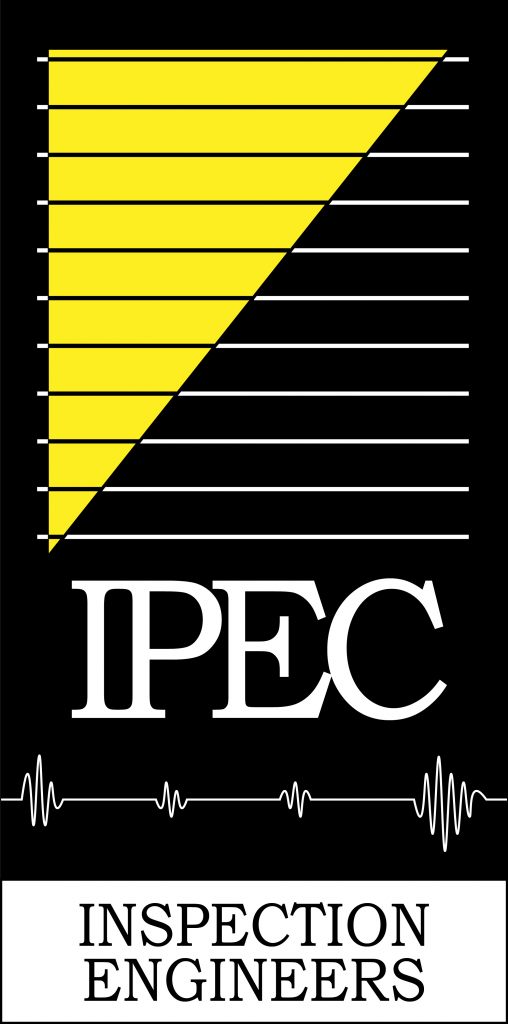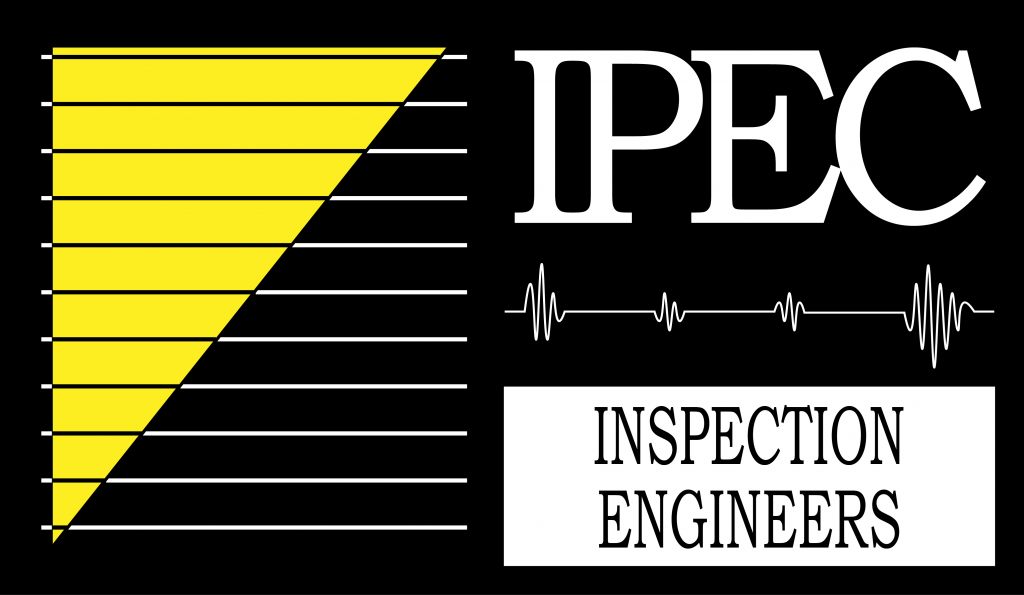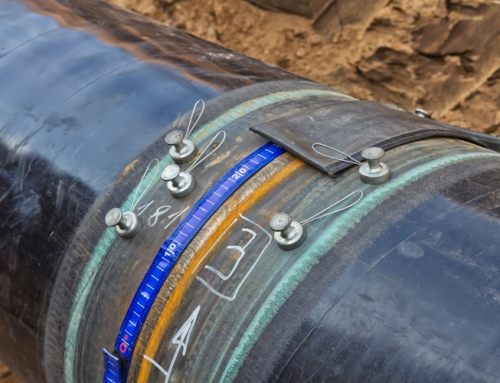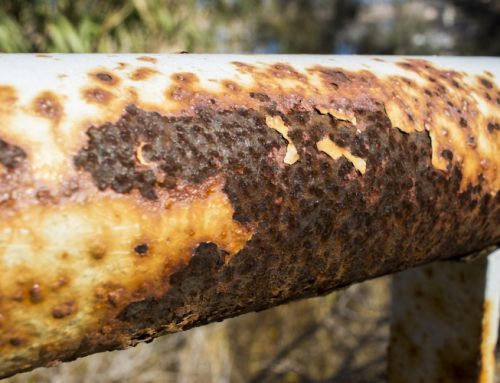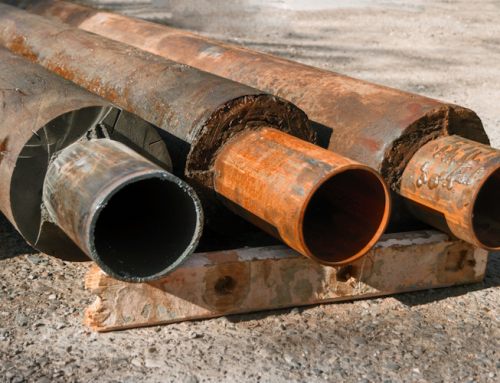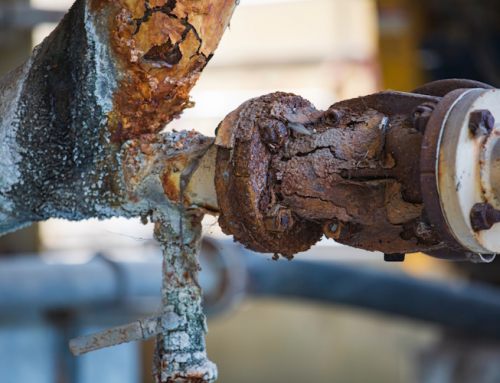Welding inspection is the process of examining and evaluating welded joints to ensure they meet the required standards for safety, quality, and functionality. The inspection can be performed during or after the welding process to ensure the integrity of the welds.
The purpose of welding inspection is to identify defects or inconsistencies in the welding process that could compromise the strength and durability of the welded joint. Welding inspectors use various methods to examine the welded joint, including visual inspection, non-destructive testing, and destructive testing.
Visual inspection involves examining the welded joint with the naked eye to look for any visible signs of defects such as cracks, porosity, or incomplete penetration. Non-destructive testing techniques such as ultrasonic testing, radiographic testing, and magnetic particle testing are used to detect any internal defects that may not be visible during visual inspection. Destructive testing involves cutting out a section of the welded joint and subjecting it to various tests to determine its strength and integrity.
The results of welding inspection are used to determine whether the welded joint meets the required standards and specifications, and to identify any necessary repairs or corrective actions.
If the inspection reveals any defects, the inspector will work with the welder to correct the issue and ensure that the weld meets the required standards. Once the welding inspection is complete, the inspector will document the results and provide a report to the relevant parties, such as the engineer or contractor responsible for the project.
Welding inspection is a critical part of ensuring the safety and integrity of structures and equipment that rely on welded joints such as pipelines and pressure vessels and also in various industries such as construction, manufacturing, and aerospace.
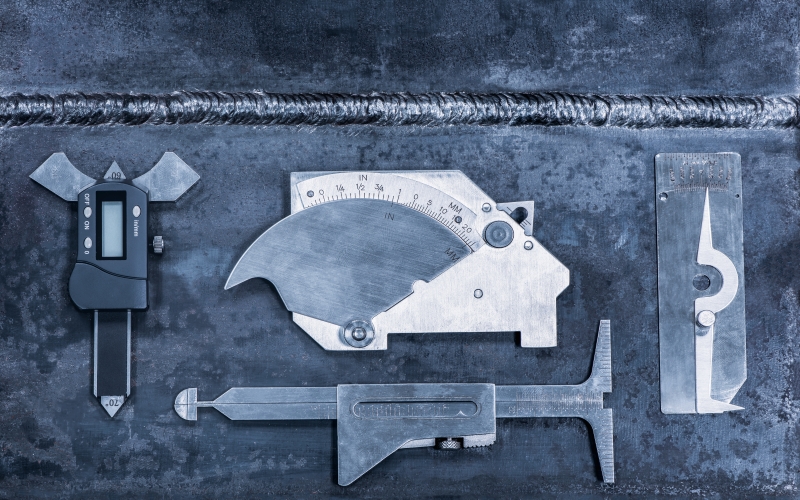
There are various types of NDT methods which will aid welding inspection, and the most common ones include:
- Visual Inspection (VI): This is the simplest and most widely used NDT method, and it involves visually examining the surface of the material or component for defects or irregularities.
- Radiographic Testing (RT): This NDT method involves the use of X-rays or gamma rays to inspect the internal structure of the material or component. It is commonly used for the inspection of welds, castings, and forgings.
- Ultrasonic Testing (UT): This method uses high-frequency sound waves to inspect the internal structure of the material or component. It is commonly used for the inspection of welds, forgings, and composites.
- Magnetic Particle Testing (MPT): This method involves the use of magnetic fields and iron particles to detect surface and near-surface defects in ferromagnetic materials.
- Dye Penetrant Testing (DPT): This NDT method involves the use of a liquid dye to detect surface cracks, porosity, and other surface defects in materials.
- Eddy Current Testing (ECT): This NDT method uses electromagnetic induction to detect surface and near-surface defects in conductive materials.
The choice of NDT method generally depends on the type of material, the nature of the defect, and the inspection requirements.
Author: James Murphy, Operations Manger of IPEC Inspection Ltd.
